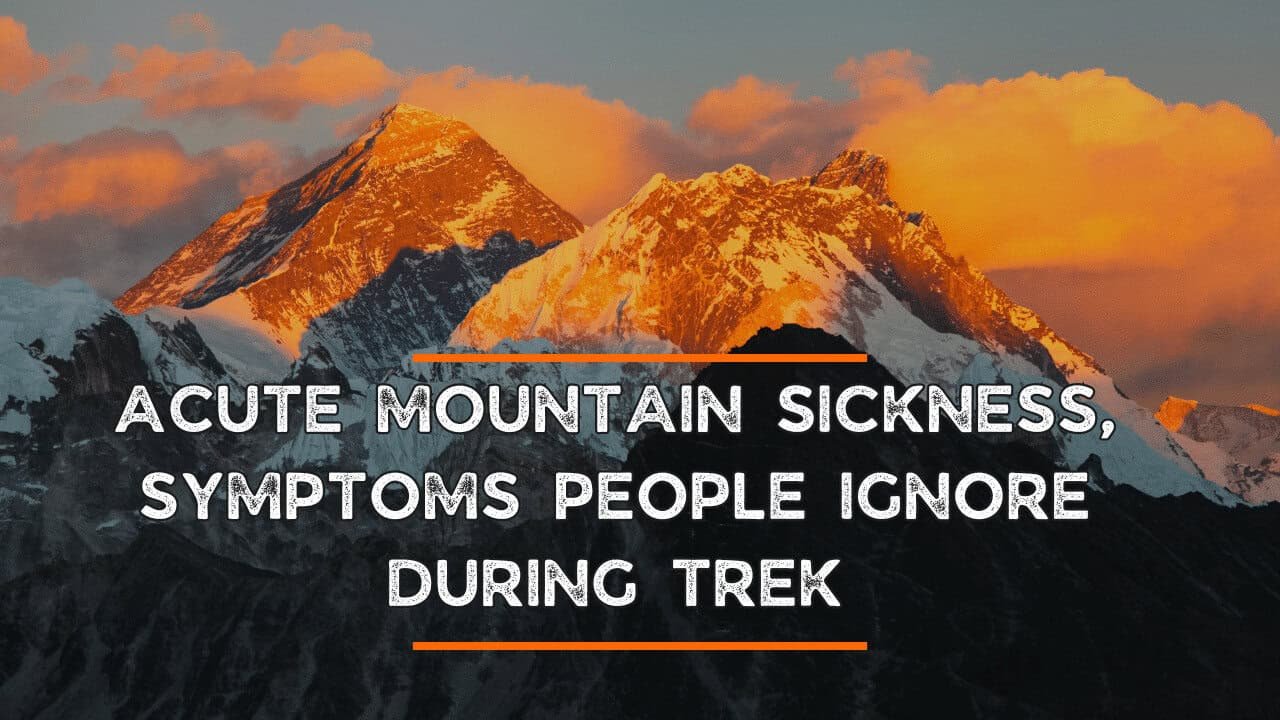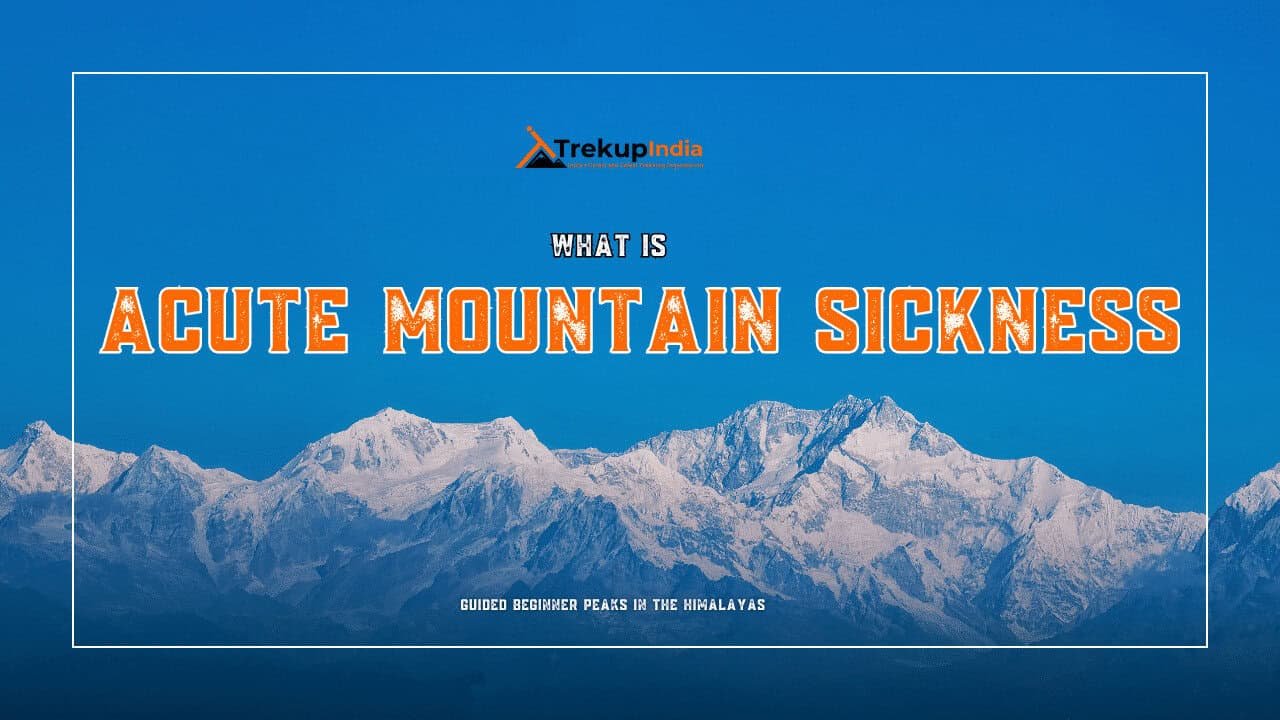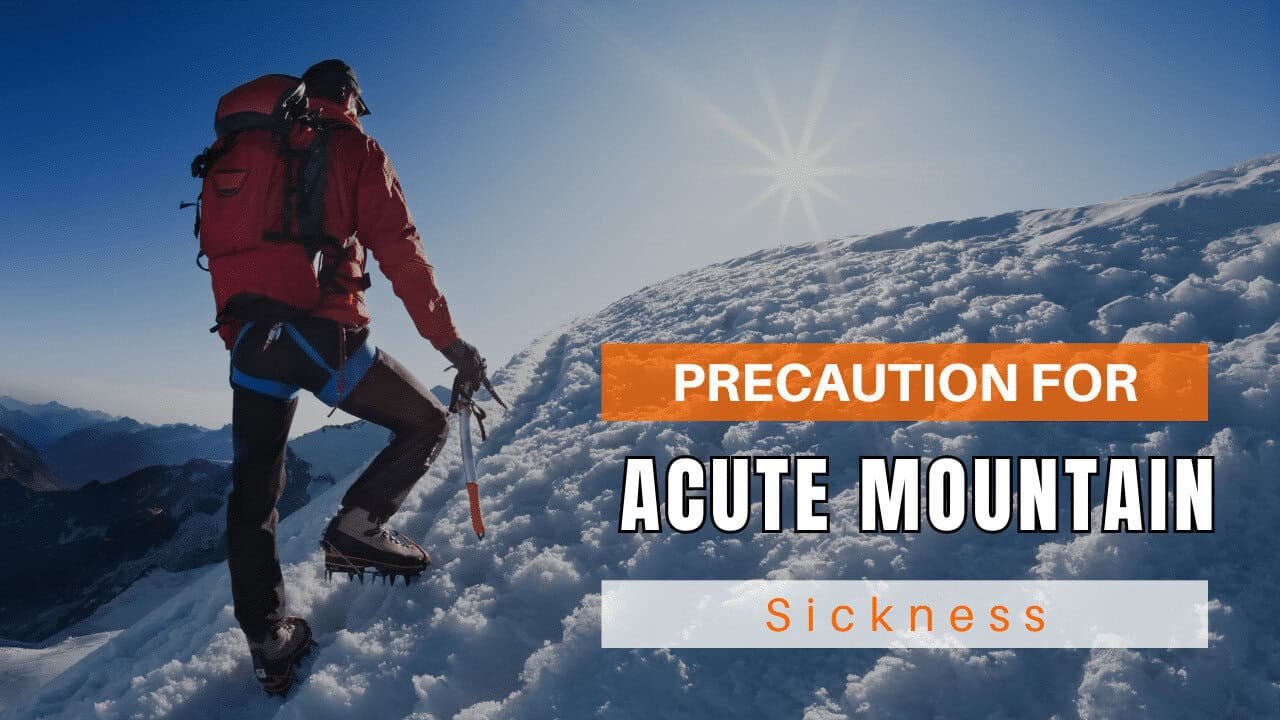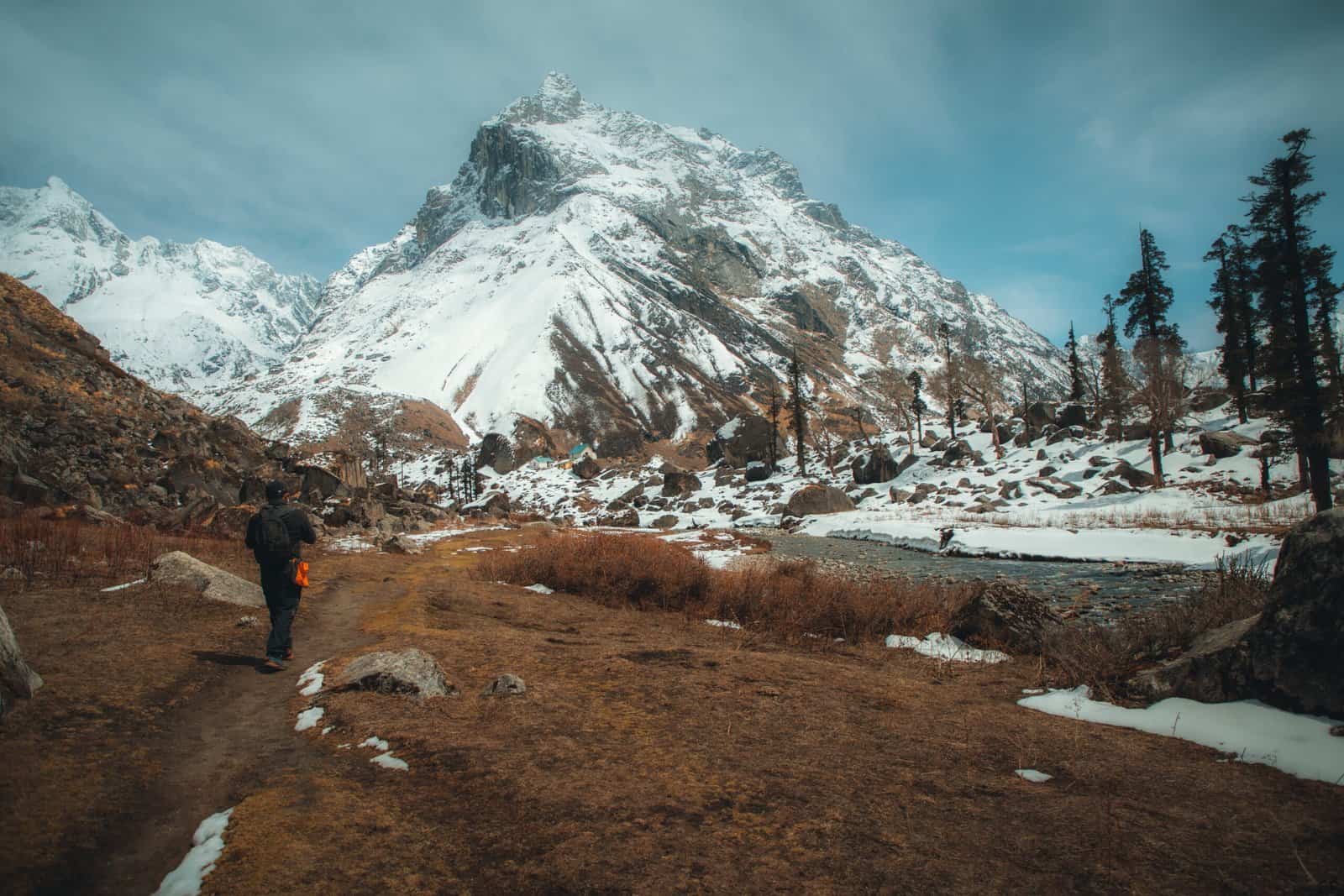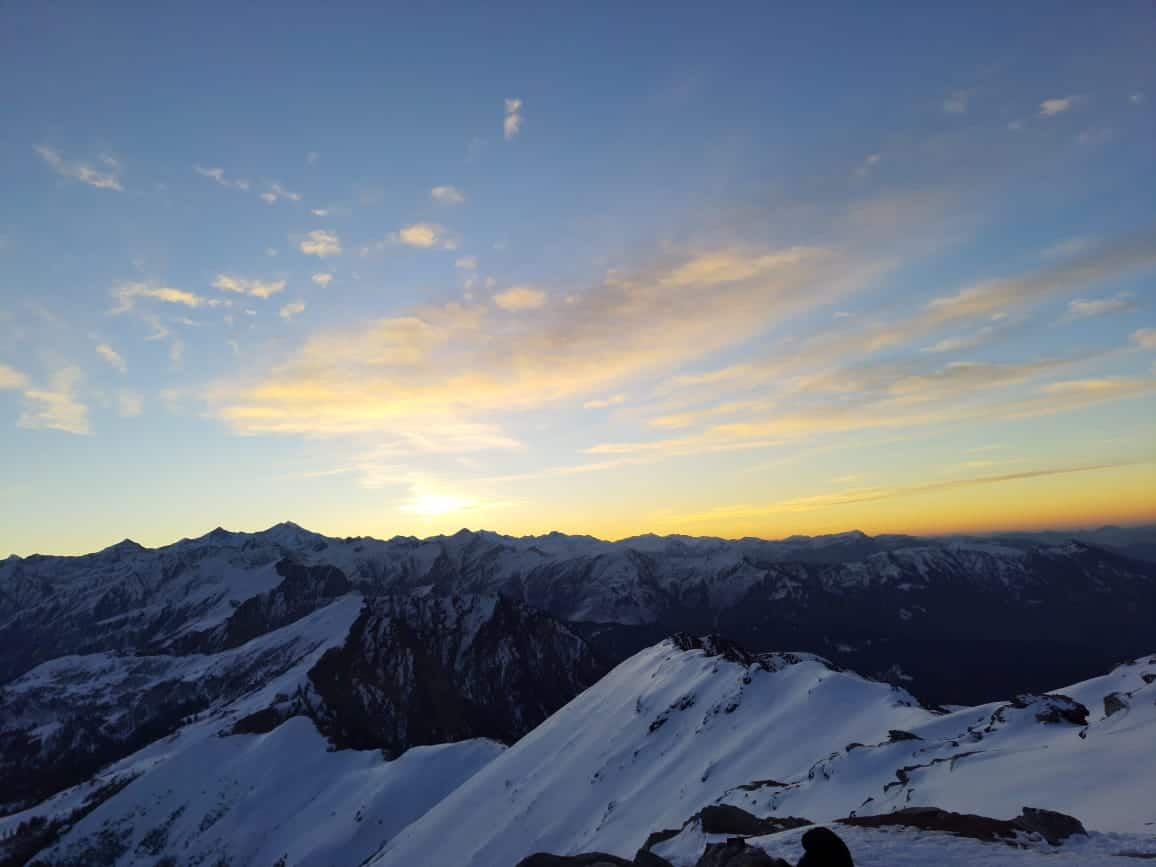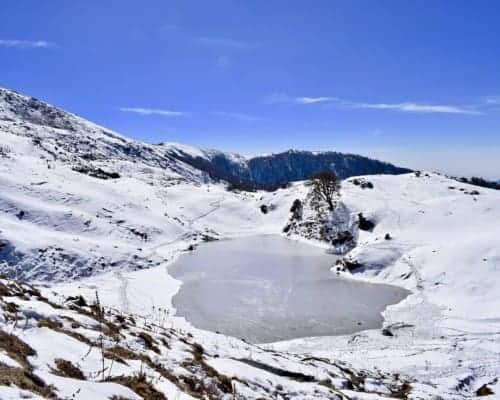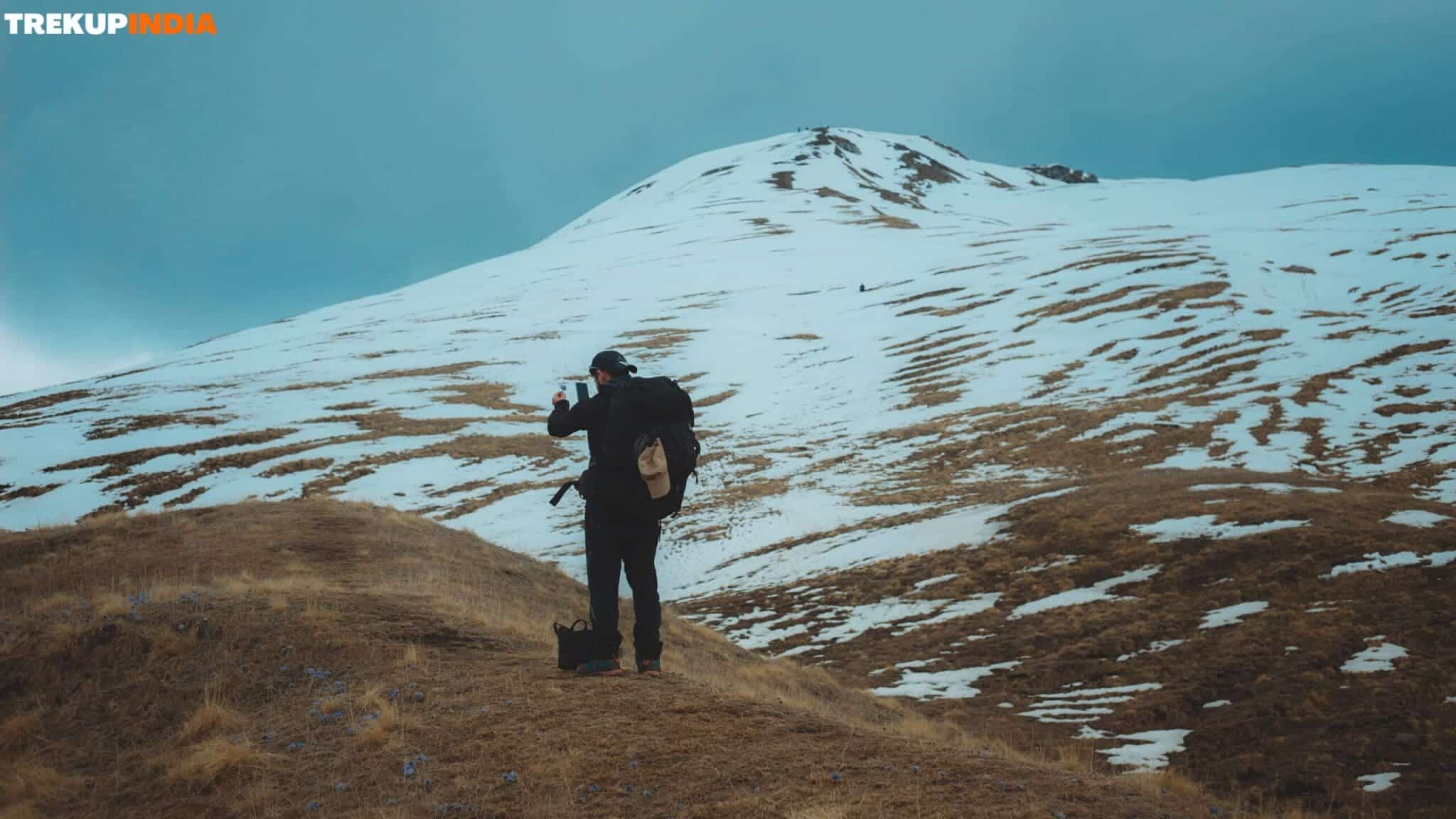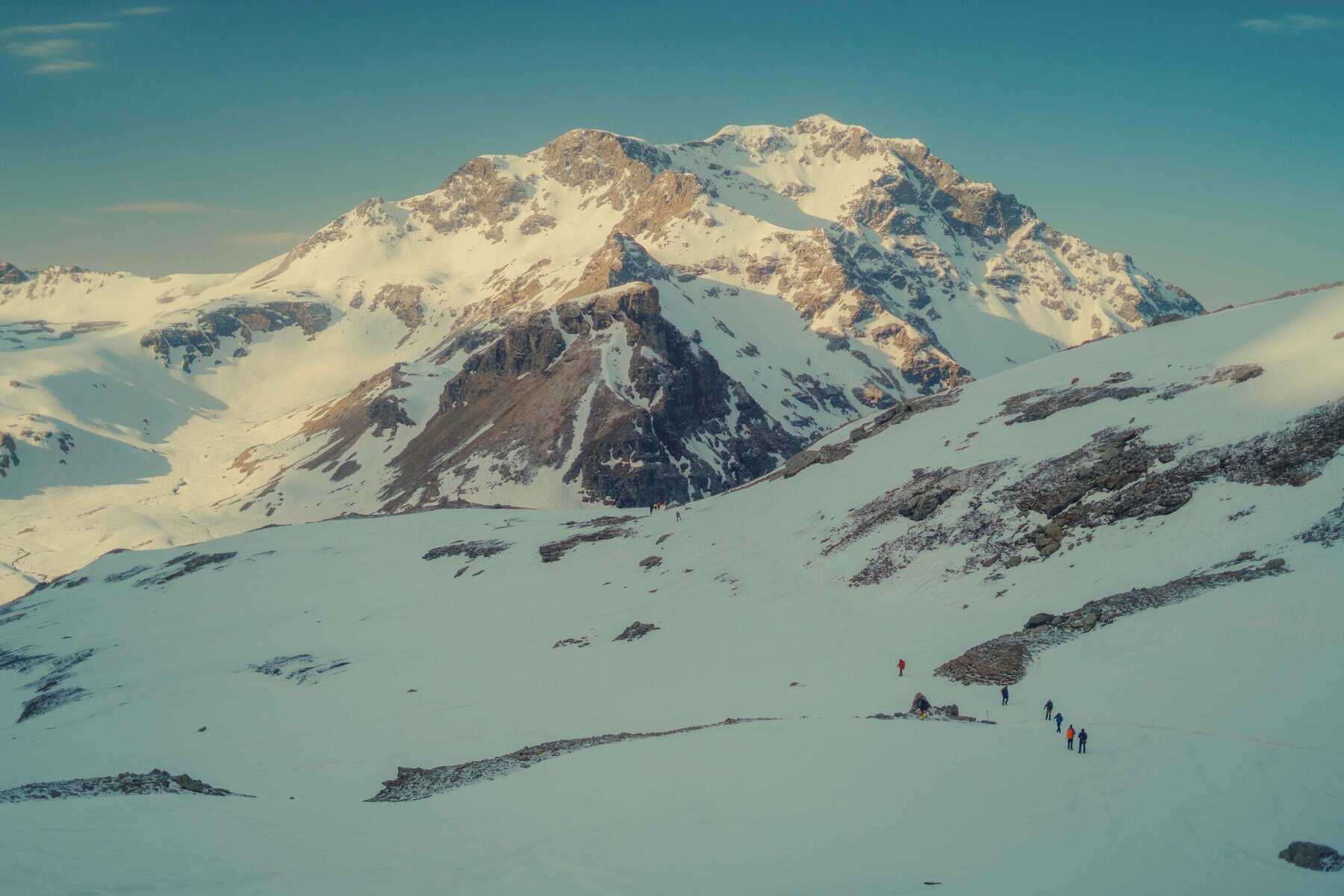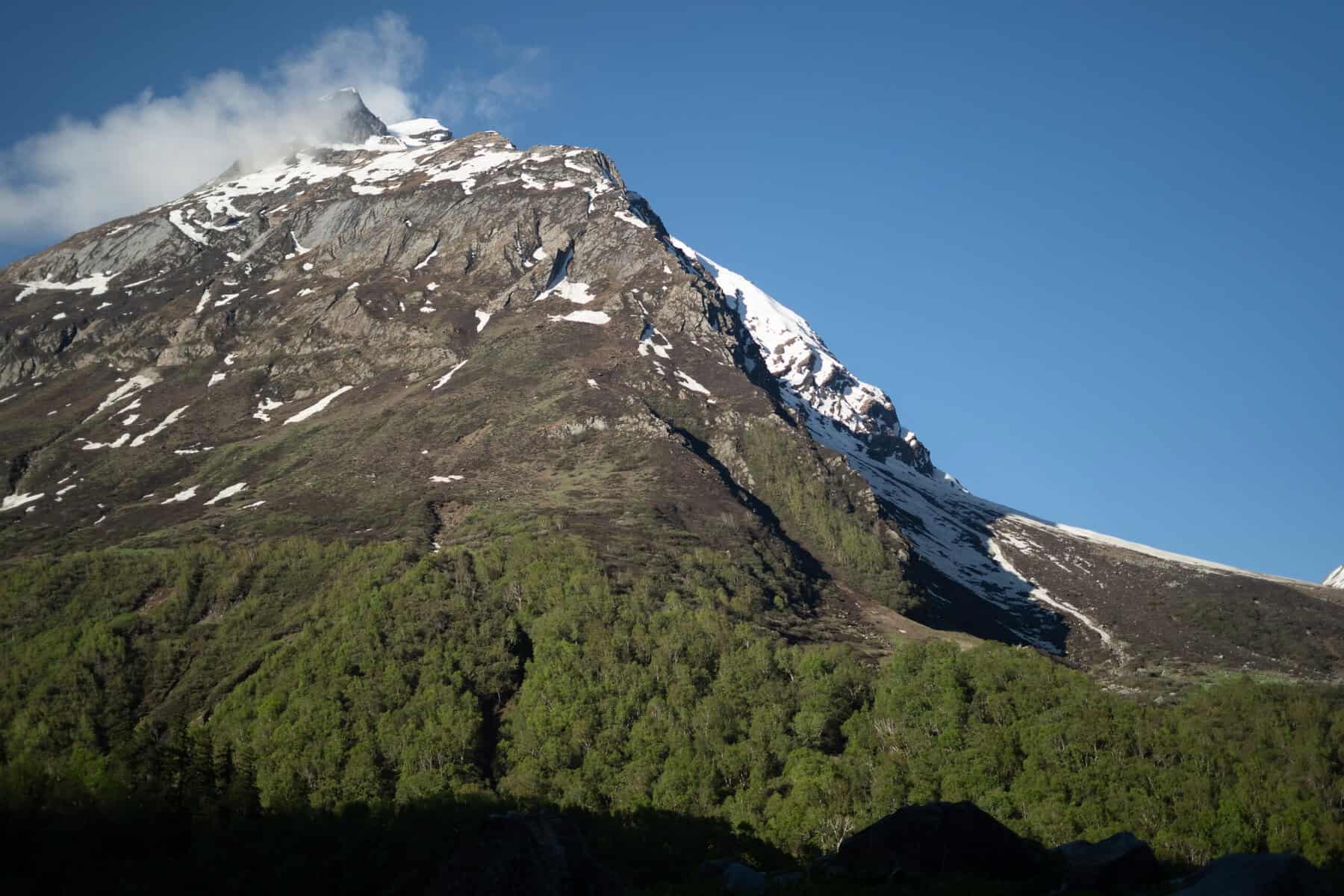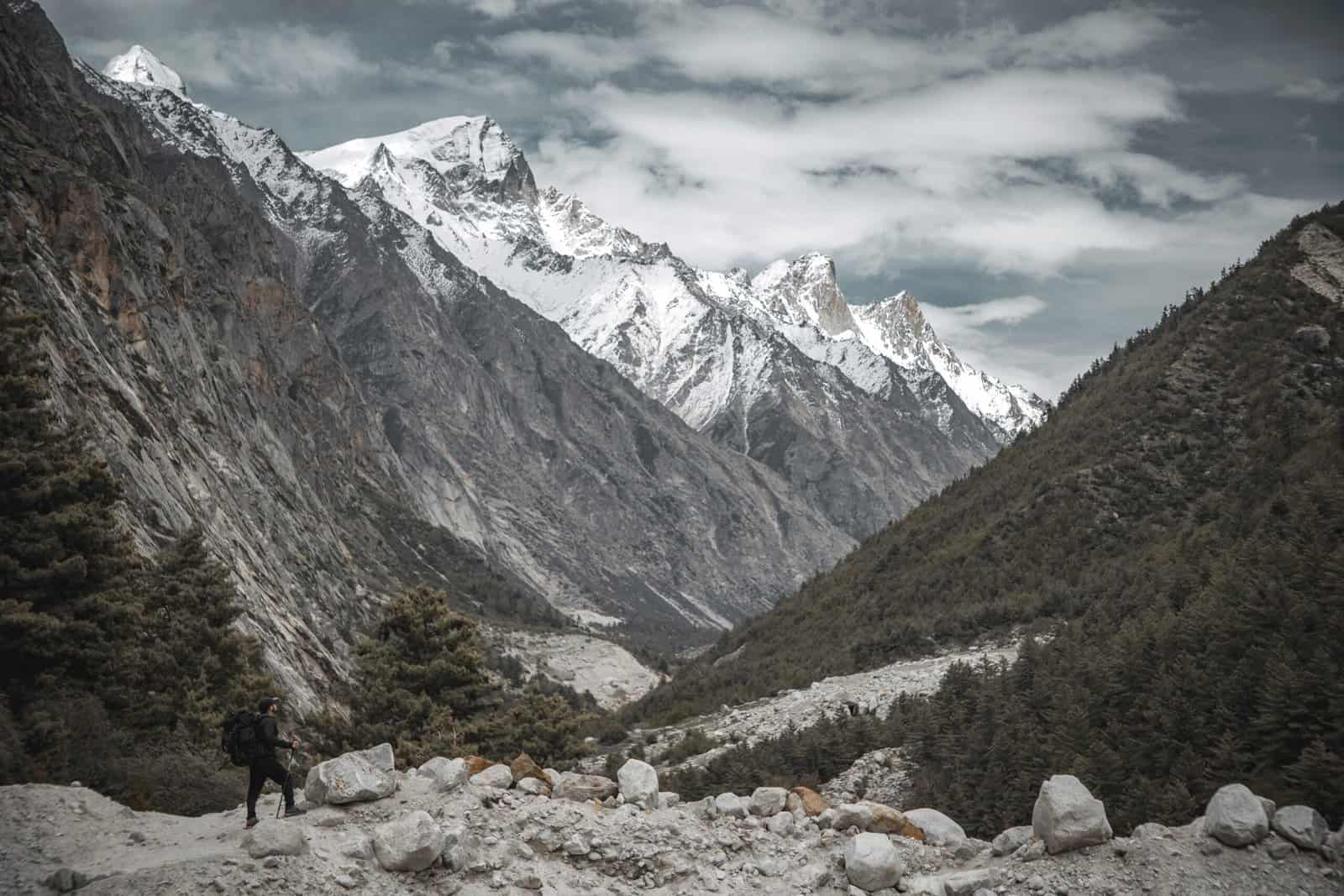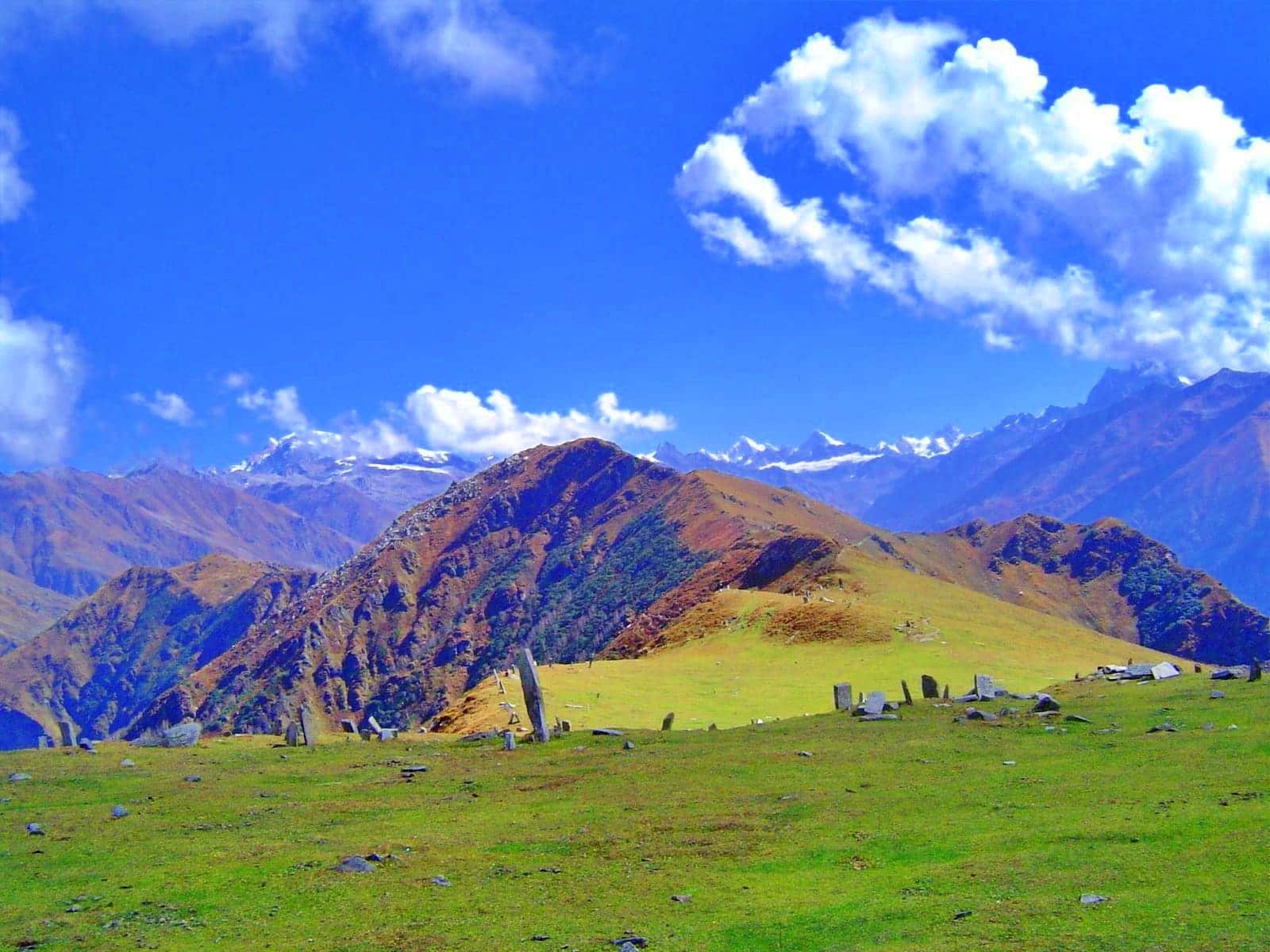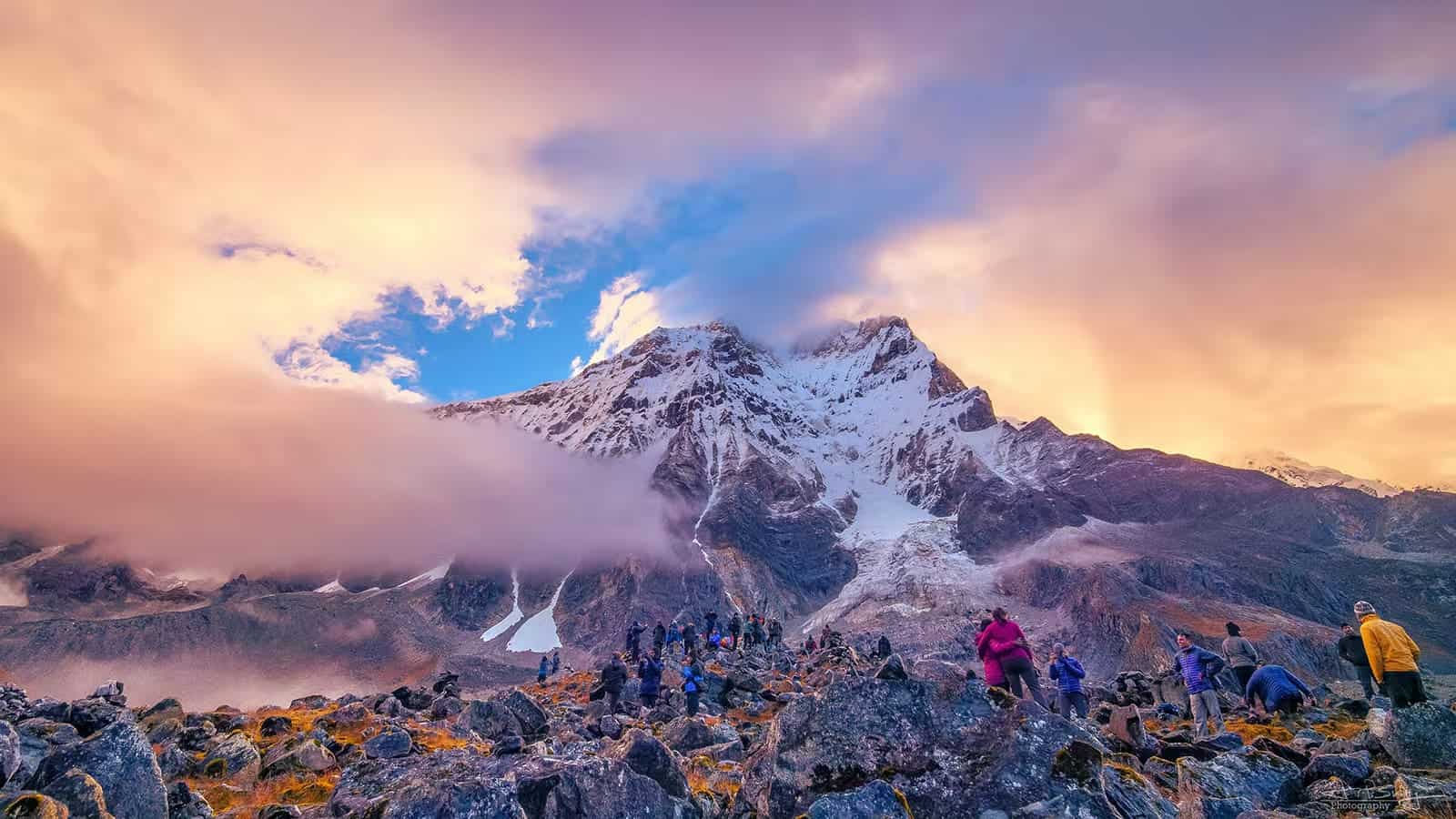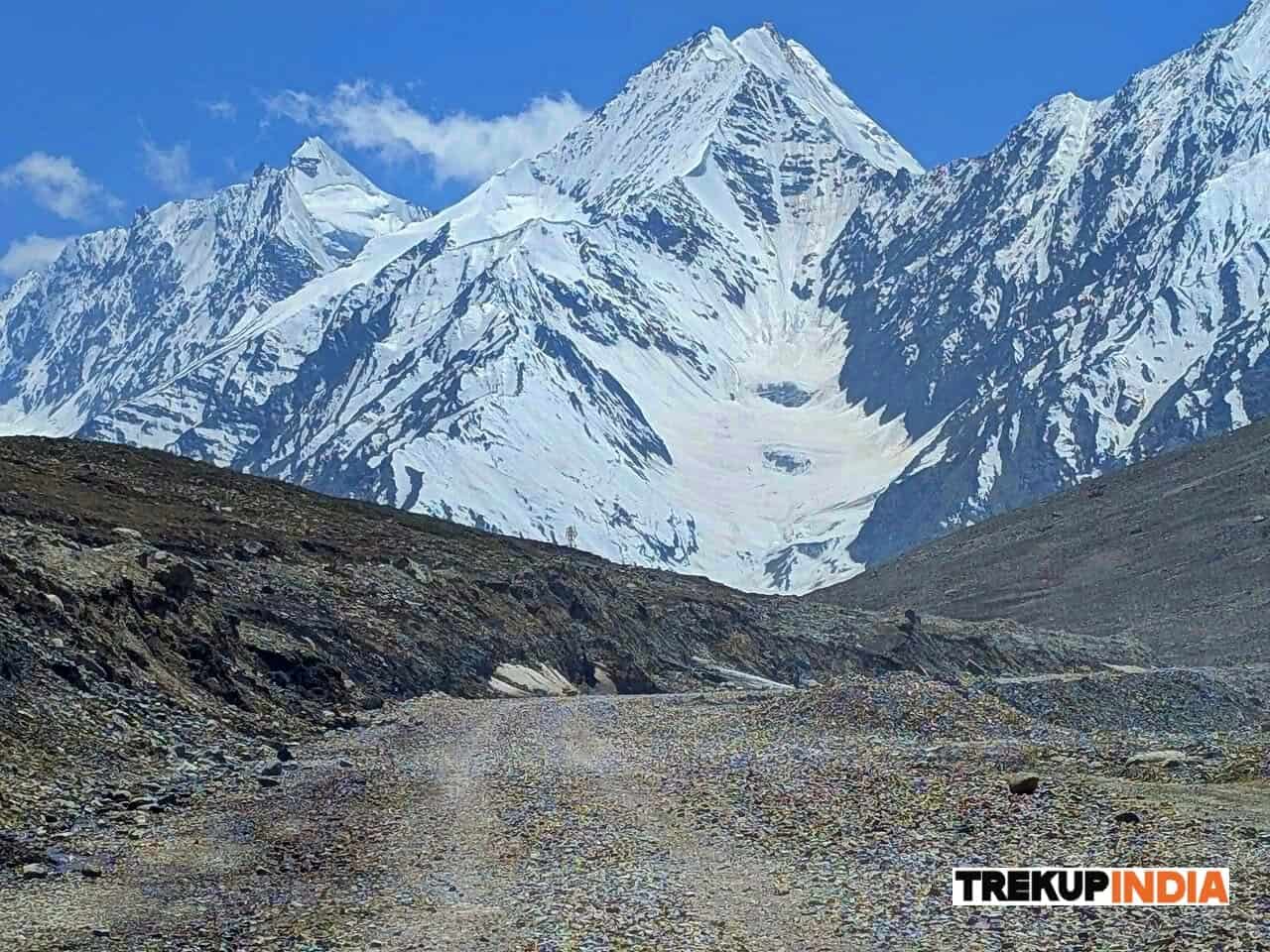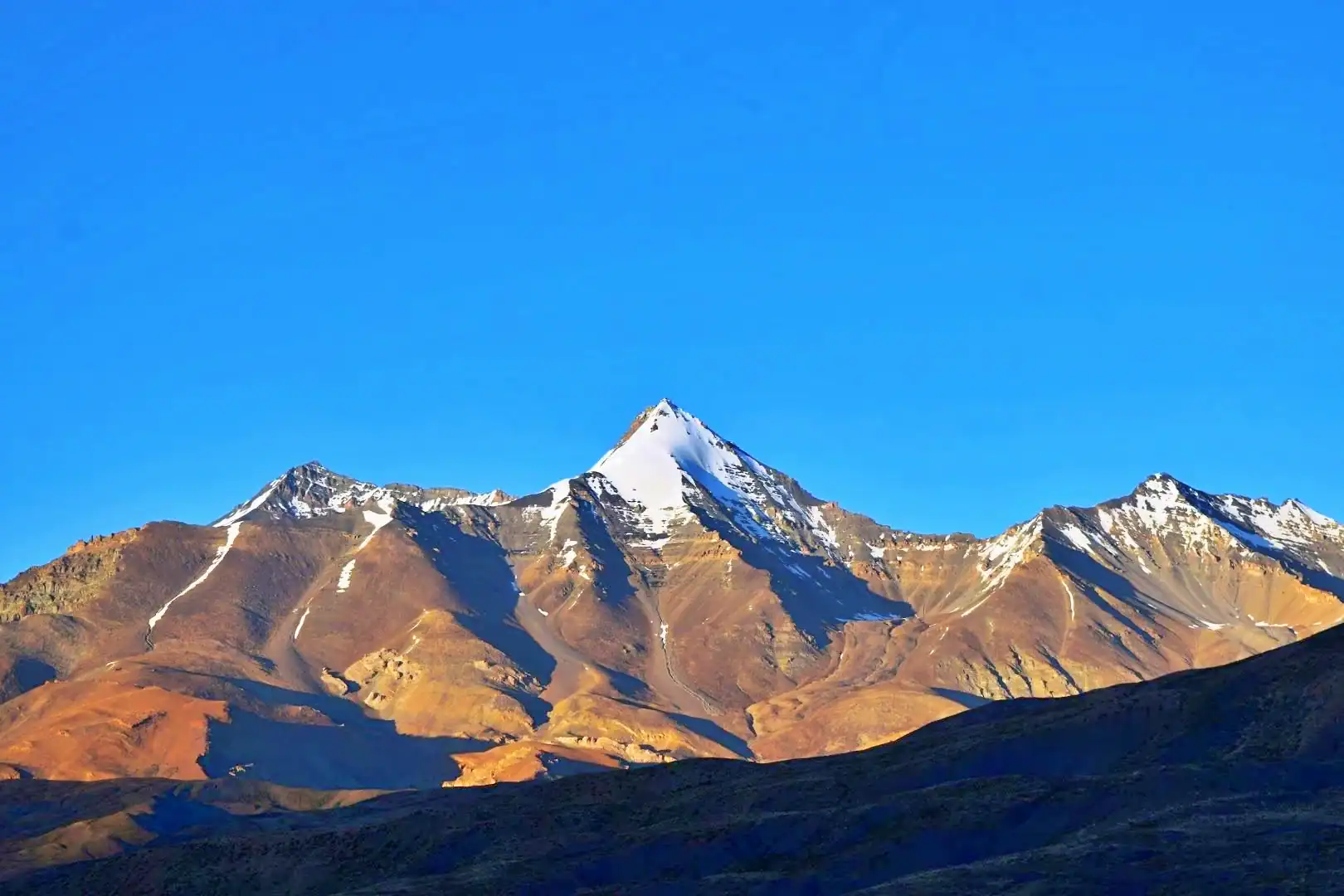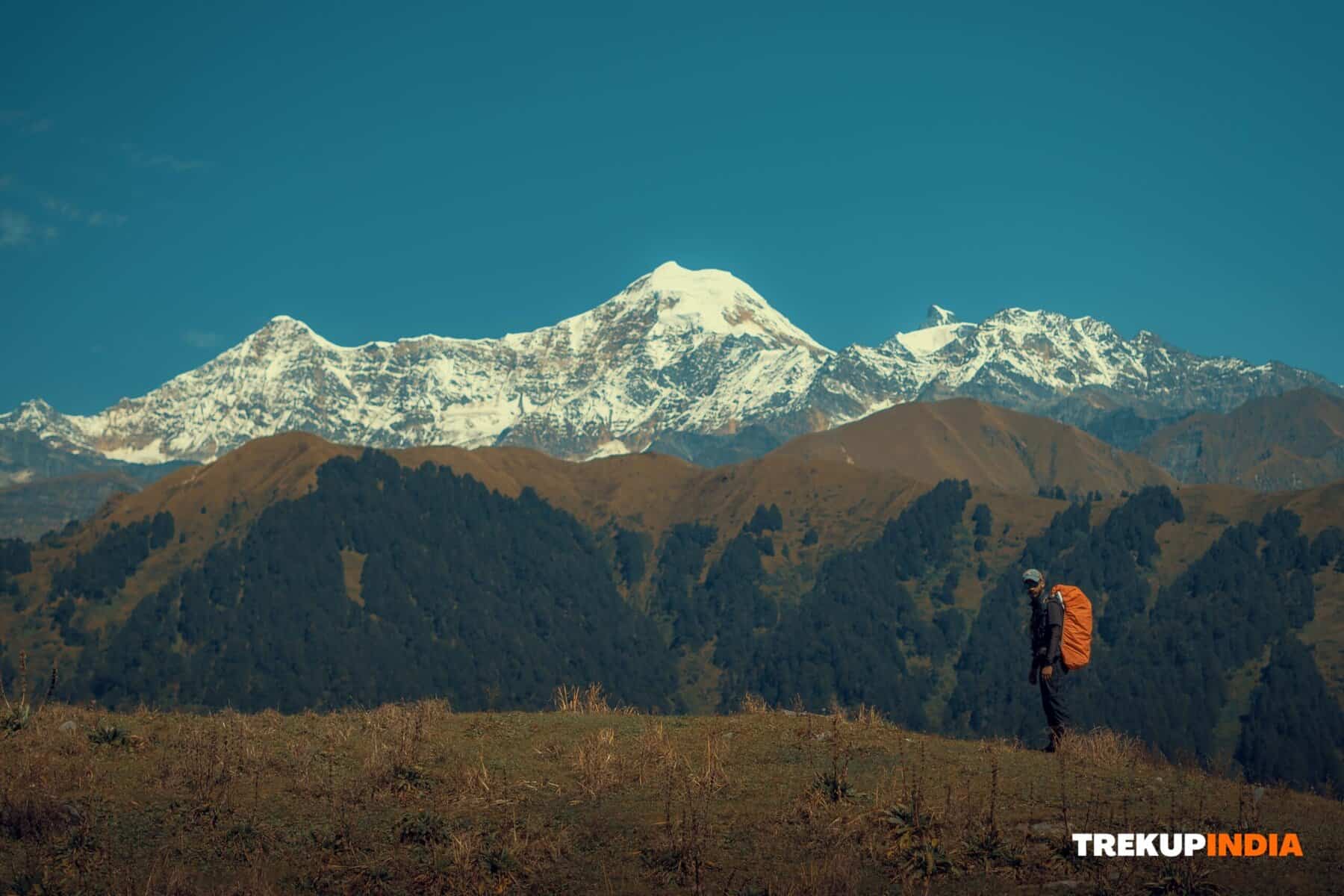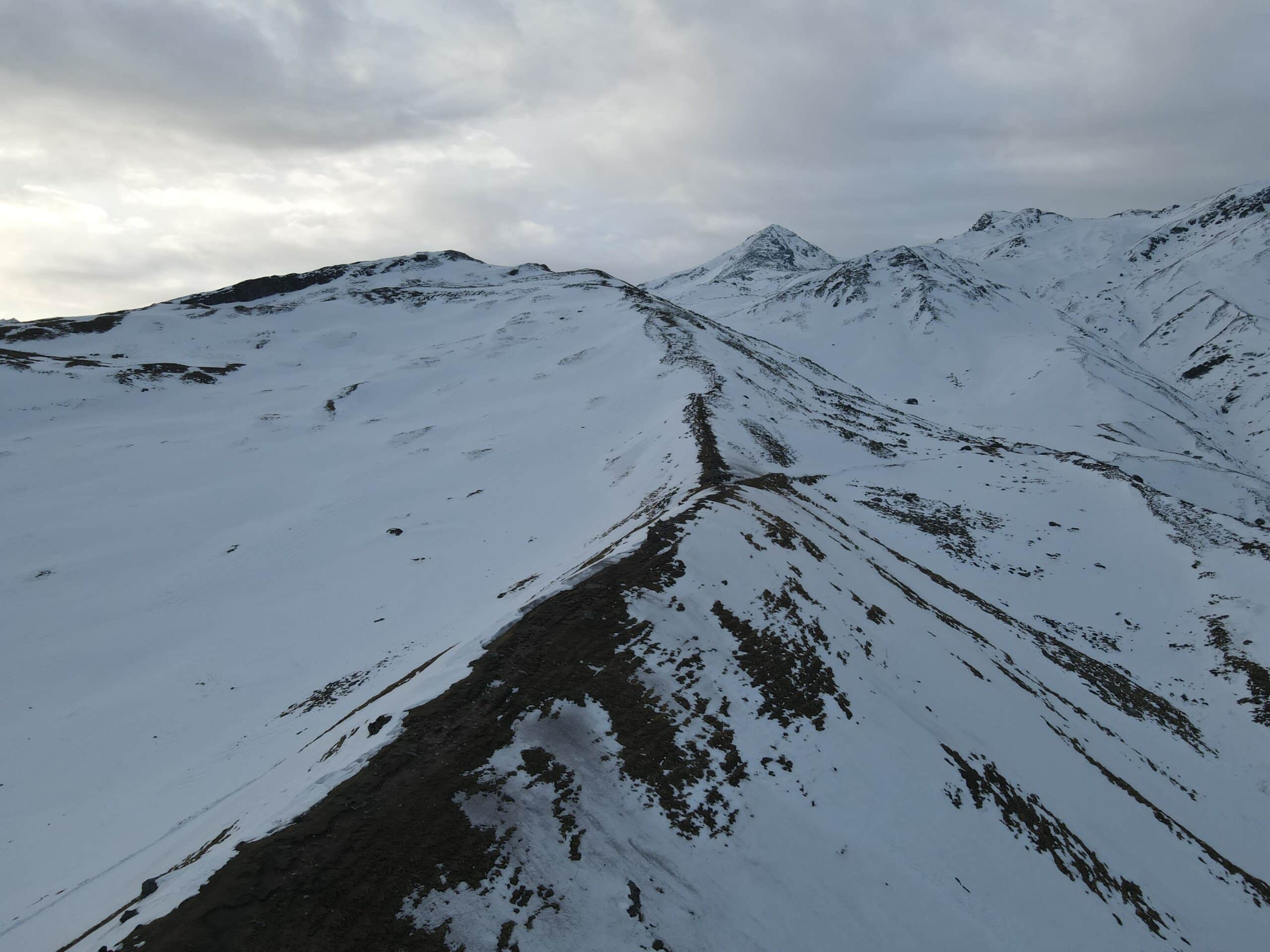Explore Roopkund Trek: The Enchanting Beauty & Ancient Secrets
Roopkund Trek in the Indian Himalayas offers an unrivalled combination of natural beauty and mysticism. Renowned for its Skeleton Lake, Roopkund is set among centuries-old human remains that create an eerie ambience during your trek. Trekkers can enjoy dense forests, bubbling rivers, and vast meadows of alpine Bedni Bugyal, along with breathtaking panoramic views that include Trishul and Nanda Ghunti mountains. As your journey continues and the terrain becomes difficult and snow-covered, culminating in an exhausting yet exhilarating ascent to an incomprehensible glacial lake. Roopkund Lake is often known as the Mystery Lake due to its remoteness. Situated at an astounding altitude of 16,499 feet above sea level within Chamoli district in Uttarakhand, Roopkund is a glacial lake known for the mysterious human bones floating within its waters when snow melts away, adding another element of mystery for visitors trekking to Roopkund.On your trek, you’ll encounter lush green meadows known as “Bugyals,” snow-covered mountain peaks, and lush forest areas. Marvel at stunning images from Mt Trishul and Mt Nanda Ghunti as you pass Roopkund lake – one of the best-known trekking locations within the Garhwal region and beloved among people from across the globe.
Mystery of Skeleton Lake
Roopkund stands out among Himalayan trekking routes due to its breathtaking view, an intimate frozen lake filled with hundreds of human bones that was discovered during World War II in 1944 and is thought to date back as far as the 9th Century CE; their precise reason for its discovery remains disputed. The most widely held hypothesis suggests that pilgrims were caught up in a hailstorm and perished, their remains lying frozen within glaciers for hundreds of years after. Additionally, DNA tests have confirmed their origins from all corners of the earth, adding even further intrigue and mystery. Positioned at the head of Roopkund Lake and surrounded by majestic peaks and ancient bones, being at its end can both captivate and chill you to your core.
Trekking Route
Lohajung marks the starting point for this trek, offering beautiful landscapes and rich diversity to explore. Navigating its windy, curvy roads, gradually ascending elevation, will be challenging but will undoubtedly provide you with a rewarding sense of achievement and fulfilment. After walking about six kilometres through the Garhwal district of Uttarakhand, Kulling will appear. Beautifully landscaped with fields and houses abounding with concrete paths dividing each sector of the township, Kulling boasts an exquisite town centre complete with a small concrete plain that runs throughout. As you approach Didna village and cross Neel Ganga valley, a moderately steep roadway encased by lush forest full of rhododendron and oak will lead to Dodna village, located 8000 feet up the mountainside.
Ali Bugyal, one of the country’s most populous areas, boasts an extraordinary community that should not be missed. There is a path running directly through it which offers two routes for exploration – ascending on one and inclining more steeply on another – but both lead directly to their respective points of departure.
Ghora Lutani provides beautiful scenic panoramas as you ascend towards your final location at altitudes between 12,500-14500ft, offering incredible scenic vistas as you climb towards Ghora Lutani’s steep altitude rise of between 12,500-14500 ft. Walking on this rugged terrain can be challenging physically and mentally, as well as being physically exhausting; high altitude conditions may cause breathing difficulties, but the stunning sights surrounding your campsite will bring back its excitement of trekking! Once at camp, it’s time to end your day’s trek and settle down before relaxing for the evening ahead. As you head toward Bhagwabasa on day 2, its terrain may prove challenging, and it should not be easy for travellers. Situated approximately 14000 feet above sea level, Kalyuvinayak Temple stands 200 feet higher. Travellers should make sure they travel at a slower pace as oxygen becomes thinner in this alpine region.
As you reach this height, the reward of Roopkund comes into view: sparkling Trishul on one side and bell-shaped Nandagunti on the other. It’s simply breathtaking and captivating. At an elevation of over 16,000 feet, Roopkund is the highlight of any trek to Nanda Devi temple, after having traversed this challenging but rocky terrain. Once there, you will discover multiple photo ops at Nanda Devi temple, so why should you miss this chance for lasting memories with loved ones? Rest and acclimate throughout the day as most trekkers do, then recover well before starting in reverse to ensure you can withstand any potential dangers on the trek up to Roopkund. It will require both perseverance and strength, but Roopkund will provide enough motivation to finish.
Difficulty on the Trek
Although Roopkund can be considered a challenging trek it is moderate to difficult trek, those with sufficient stamina and resolve can conquer it. While reaching its summit requires strenuous climbing, its breathtaking views make the journey well worth your while!
Best Time to Visit Roopkund Lake
The best timing for this trek would be May and June, as well as between August and September. In May/June, you might miss seeing any frozen skeletons due to frozen water; however, the lush bugyals will leave an impressionable memory behind. In contrast, during the monsoon season, when visiting Roopkund Lake is likely to freeze over by September end and it becomes apparent why Roopkund Lake remains so mysterious and alluring.
About Author

Anoop Rawat (Admin TrekUp India)
Anoop has worked for 5 years as a Trek Leader with TrekUpIndia, leading numerous treks across the diverse and challenging terrains of Uttarakhand and Himachal Pradesh. He holds a degree in Geology with a specialization in Geographic Information Systems (GIS) from UPES Dehradun. During his academic years, he actively applied his classroom knowledge in the field—most notably by contributing to a glacier research project on the Jundar Glacier in the Har Ki Dun Valley, Uttarakhand. Write Anoop at anoop@trekupindia.com
Share this article
Dates For Upcoming Treks
Want To Trek Like Pro?
Basically, watch these videos if you want to trek the same way professional trekkers do and make your skills better. These videos contain useful tips and techniques to further improve your trekking skills itself. These videos actually help both new and experienced trekkers improve their trekking skills. These videos definitely provide useful tips that make your trek better. We are seeing that these videos by Trekup India experts will only help you make your trekking skills better.
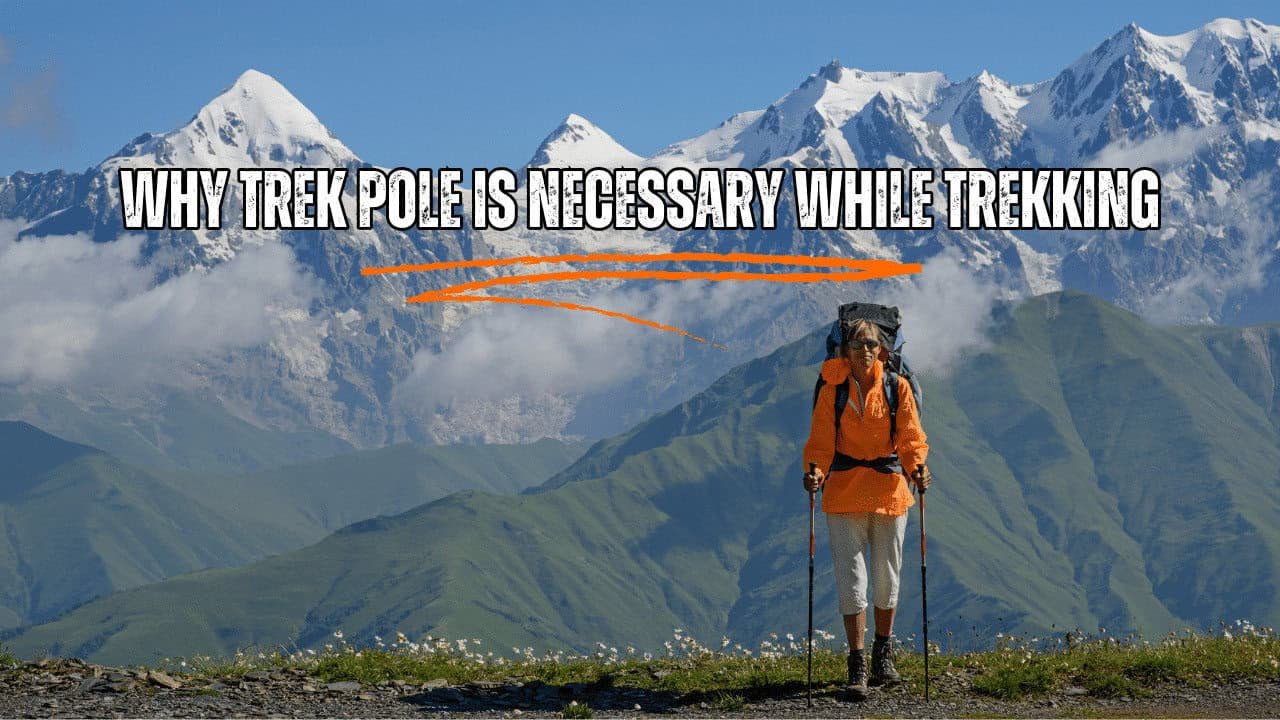




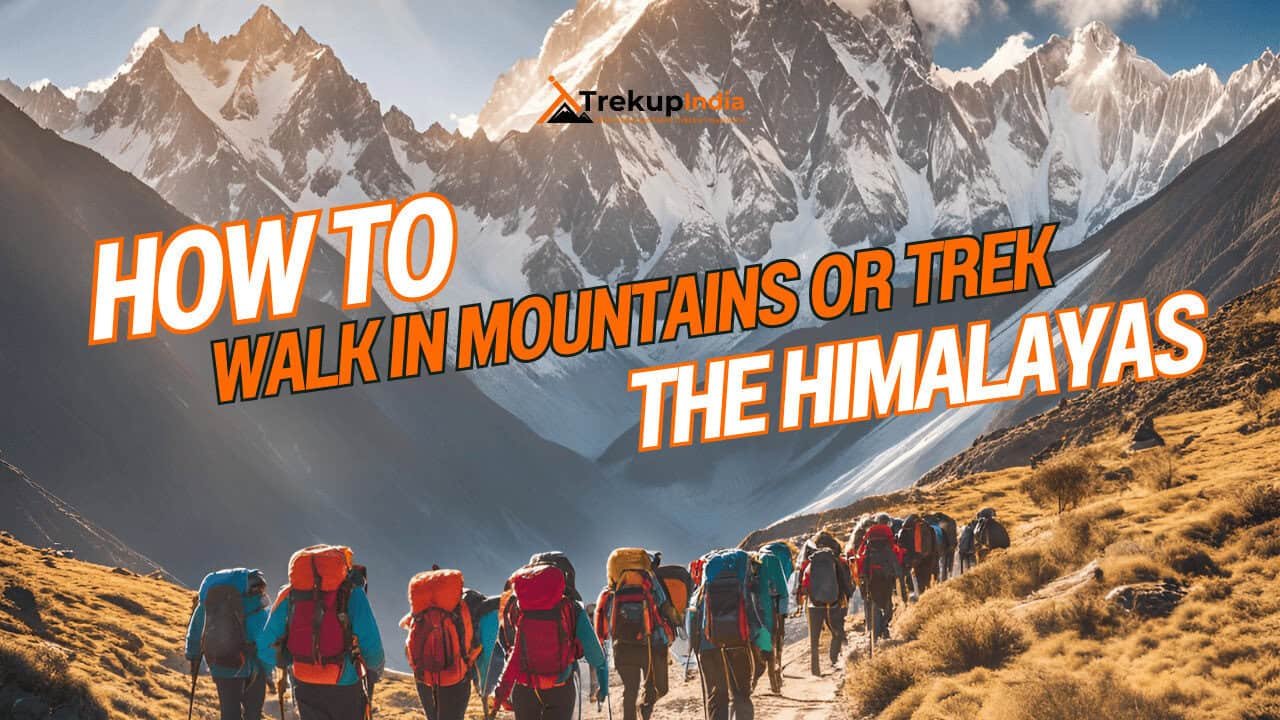

Know Everything About Acute Mountain Sickness
Acute Mountain Sickness occurs when people trek to high altitudes above 8,000 feet. This condition itself develops further due to reduced oxygen levels at such heights. Basically, as you go higher up, the air pressure and oxygen levels decrease, which causes the same problem. Acute Mountain Sickness surely causes headache, nausea, vomiting, and dizziness in affected persons. Moreover, peoples also experience difficulty in sleeping during this condition. To avoid mountain sickness, you should actually trek up slowly to higher altitudes. To learn further about this condition itself, watch the videos by Trekup India.
